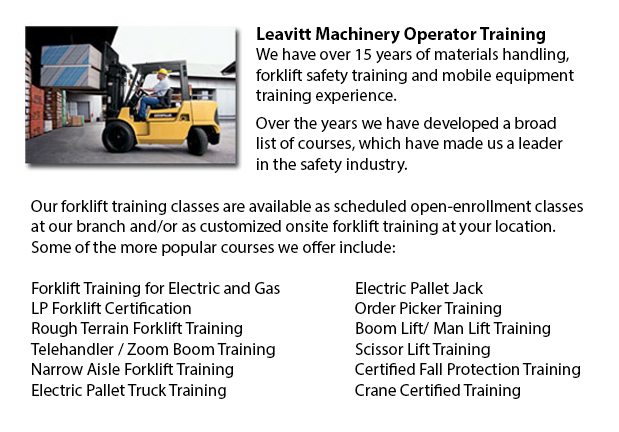
Boom truck are often used by phone, cable television and utilities companies as they have long folded arms which are generally folded over the roofs of business vans. On the end of the extension of extendable arms frequently sits a bucket-like apparatus. When a bucket truck has an extendable boom mounted the roof this is sometimes known as an "aerial boom truck" or a "cherry picker". It is capable of transporting employees to the top of a telephone or electrical pole. Bucket boom lift trucks have a hauling capacity of approximately 350 lbs to 1500 lbs or 158 kg to 680 kg and are capable of extending the bucket up to 34 feet or to around 10 meters into the air.
Construction boom trucks or heavy duty boom trucks will sometimes have a crane appendage on the rear. Often called knuckle booms, these cranes may be shorter and more compact than the trolley boom, which has a boom capable of extending the length of the vehicle. Crane boom trucks include a hauling capacity between 10 to 50 tons or roughly 9 to 45 metric tons.
An added modification of boom truck is the concrete boom, which possess a tube with a nozzle at the end of the vehicle to pump concrete and other resources. The locations where these resources ought to be deposited is oftentimes inaccessible to the truck or is stationed at a great height, for that reason, the boom of a larger concrete boom truck might be extended 230 feet or just about 71 meters. The truck then pumps the concrete through the boom completely depositing it into the space where it is needed.
Fire engines are normally outfitted with a boom container able to elevate firefighters up to the upper floors of buildings. What's more, this boom will permit firefighters to guide the flow of water or to engage or rescue ensnared victims. A lot of of the older hook and ladder trucks have been replaced by contemporary boom trucks.
Self propelled booms are quite comparable to lift trucks. These little boom vehicles can raise staff to elevated storage space or to the ceiling of large warehouses and storeroom facilities. They are more stable and therefore far safer than using extension ladders for the same application.
-
Crown Forklift
More -
Rough Terrain Forklifts
There are in point of fact two classifications of forklifts within the manufacturing business, the rough terrain model and the industrial version. Rough terrain forklifts appeared in the 1940â??s designed primarily for use on rough roads, ideal for l... More -
Scissor Lifts
The scissor lift or platform lift, is an automated industrial lift that has been customized to be used in retail, wholesale, manufacturing and production settings. Industrial scissor lifts have been used primarily within production and manufacturing... More -
Reach Trucks
Reach Trucks are industrialized equipment utilized for loading and storage in some organizations that maintain storage of supplies to finished merchandise on a pallet which are then placed into lofty shelving units. This loading apparatus helps busin... More -
Aerial Lifts
Aerial lifts can accommodate numerous duties involving high and hard reaching spaces. Often used to carry out routine repair in buildings with elevated ceilings, prune tree branches, raise burdensome shelving units or fix telephone cables. A ladder c... More

Forklift Training Glendale
TOLL FREE: 1-888-254-6157
Glendale, Arizona
forkliftcertificationglendale.com
Email Us
About Us


